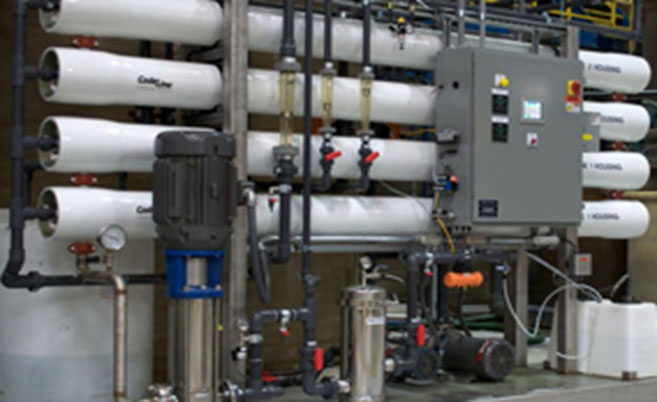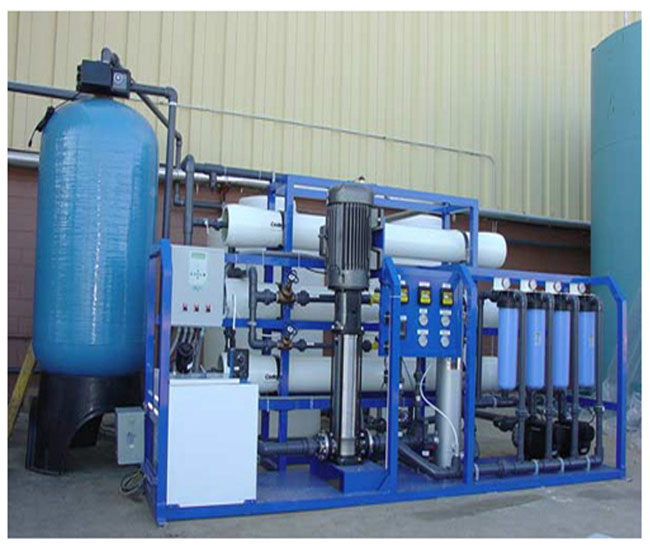Reverse Osmosis Plants
Industrial RO plant:
Unichem presents a small and medium capacity Industrial RO Plant model AQPT series. We are Industrial reverse osmosis plants manufacturer of small and medium capacity since 2010. This system is designed, developed and programmed for the long and dependable services.
Our Unichem series Industrial reverse osmosis water purifiers are ideal for small and medium Industrial organizations, which require an output ranging from 100 gallons per day to 6000 gallons per day. Our Industrial RO Plant gives a unique high quality output of TDS range between 5 – 40 ppm, assuming an input water have TDS levels under 500 ppm (Standard) (Customized Module for higher TDS levels are also designed)
So as to produce the output water which meets the desired standards of water quality as per FDA and NSF, our Industrial Reverse Osmosis Plant integrate various stages or consoles, which are integrated and synchronized to provide the desired results. The unique feature that helps us stand out from the regular Industrial reverse osmosis plants manufacturer, is that our pre conditioning consoles, RO Treatment consoles, Post Filtration Treatment Consoles, can all be purchased either stand alone or fully integrated systems, giving a unique advantage to the Industrial units already using Industrial Reverse Osmosis plants.
Reverse Osmosis: (Process)
“Reverse Osmosis (R.O.) is the most economical method of removing 95% to 99% of all contaminants. The pore structure of R.O. Membranes is much tighter than that of UF membranes. RO membranes are capable of rejecting practically all particles, bacteria and organics > 200 Dalton molecular weight (including pyrogens) at a rate close to 99%. Natural osmosis occurs when solutions with two different concentrations are separated by a semi-permeable membrane. Osmotic pressure drives water through the membrane; the water dilutes the more concentrated solution, and the end result is equilibrium.
In water purification systems, hydraulic pressure is applied to the concentrated solution to counteract the osmotic pressure. Pure water is driven from the concentrated solution at a flow rate proportional to applied pressure and colleted downstream of the membrane.
RO also involves an ionic exclusion process. Only solvent (i.e. water molecules) is allowed to pass through the semi-permeable RO membrane, while virtually all ions and dissolved molecules are retained (including salts and organic molecules such as sugars). The semi-permeable membrane rejects salts (ions) by a charge phenomenon action: the greater the charge, the greater the rejection. Therefore, the membrane rejects nearly all (>99%) strongly ionized polyvalent ions but only 95% of the weakly ionized monovalent ions like sodium. Salt rejection increases significantly wit applied pressure up to 5 bar.”
Disinfection Module Of Industrial RO plants
This is also a very important component of any Industrial reverse osmosis plant, used in water processing. As per the standard procedure the output water which exits from our commercial RO water filter is stored in closed tanks, which results in stagnation of water and susceptible to biological contamination.
To over come this problem our system incorporates a combination of UV or Ozone or individual ultra violet treatment, as the situation demands. This treatment completely eliminates the possibility of contamination during storage. AQUAPOT have lot many Industrial reference up to 20,000 LPH



